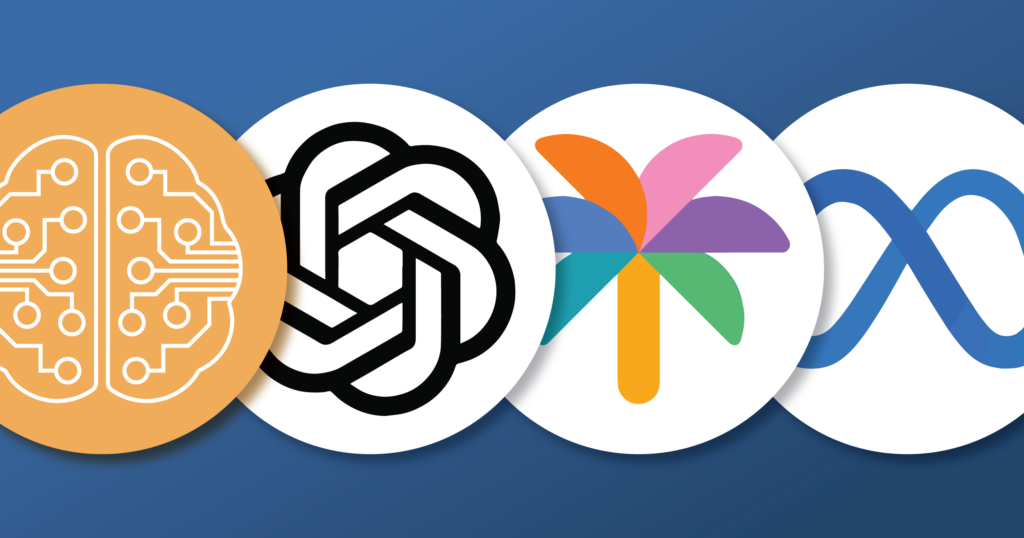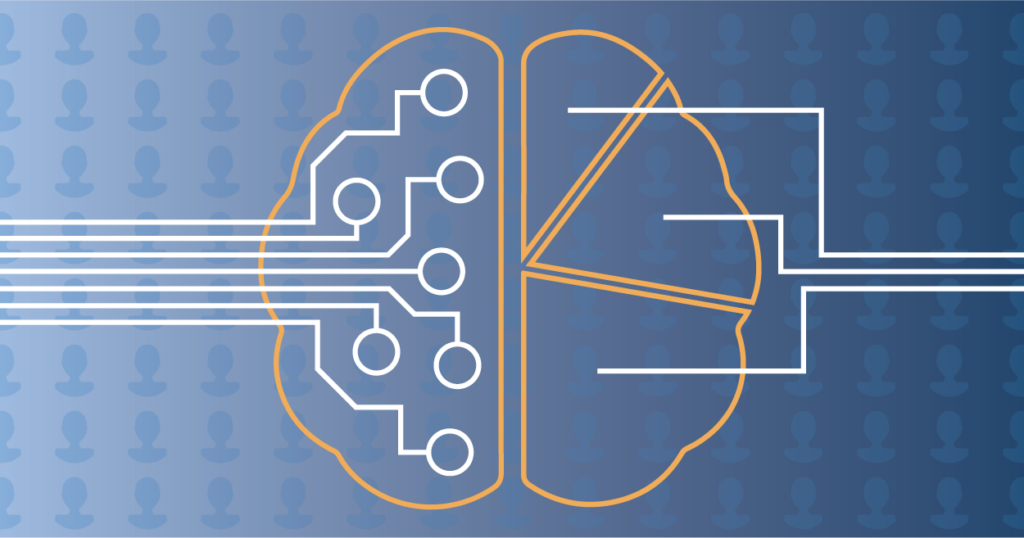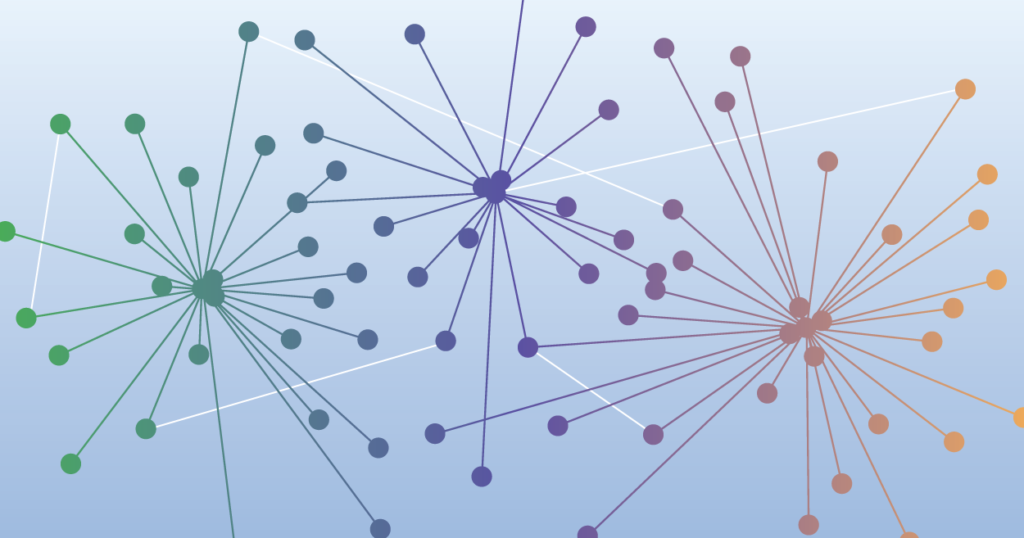Case Study: Generative AI Chatbot for Annuity Customer Service Representatives
Case Study: Generative AI Chatbot for Annuity Customer Service Representatives Author: Tony Ojeda This case study explores the development and implementation of a Generative AI chatbot designed to assist customer service representatives (CSRs) at a nationwide annuities provider. The chatbot aimed to improve CSR efficiency and effectiveness when addressing complex customer inquiries regarding annuity products. […]
Case Study: Generative AI Chatbot for Annuity Customer Service Representatives Read More »









